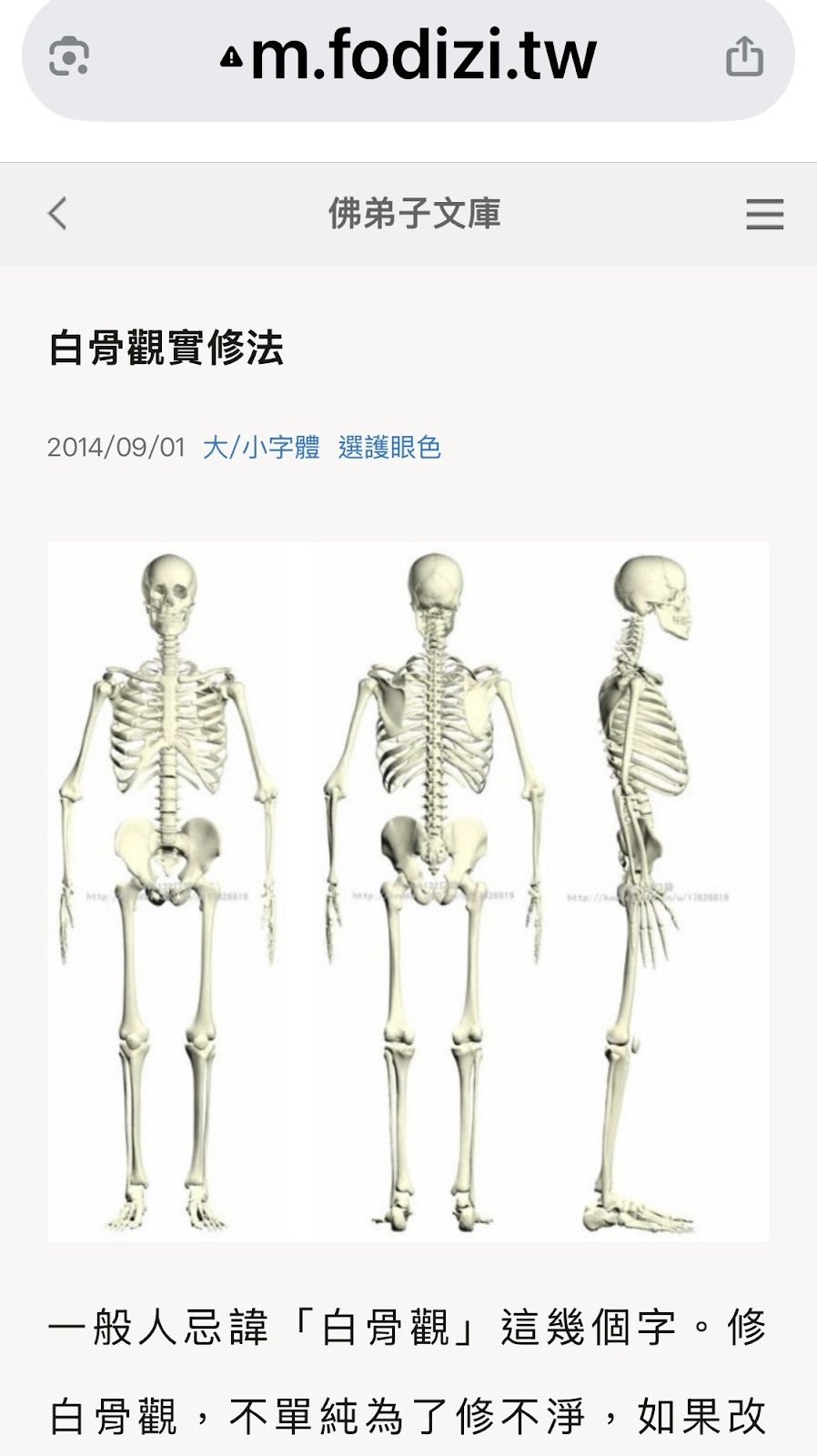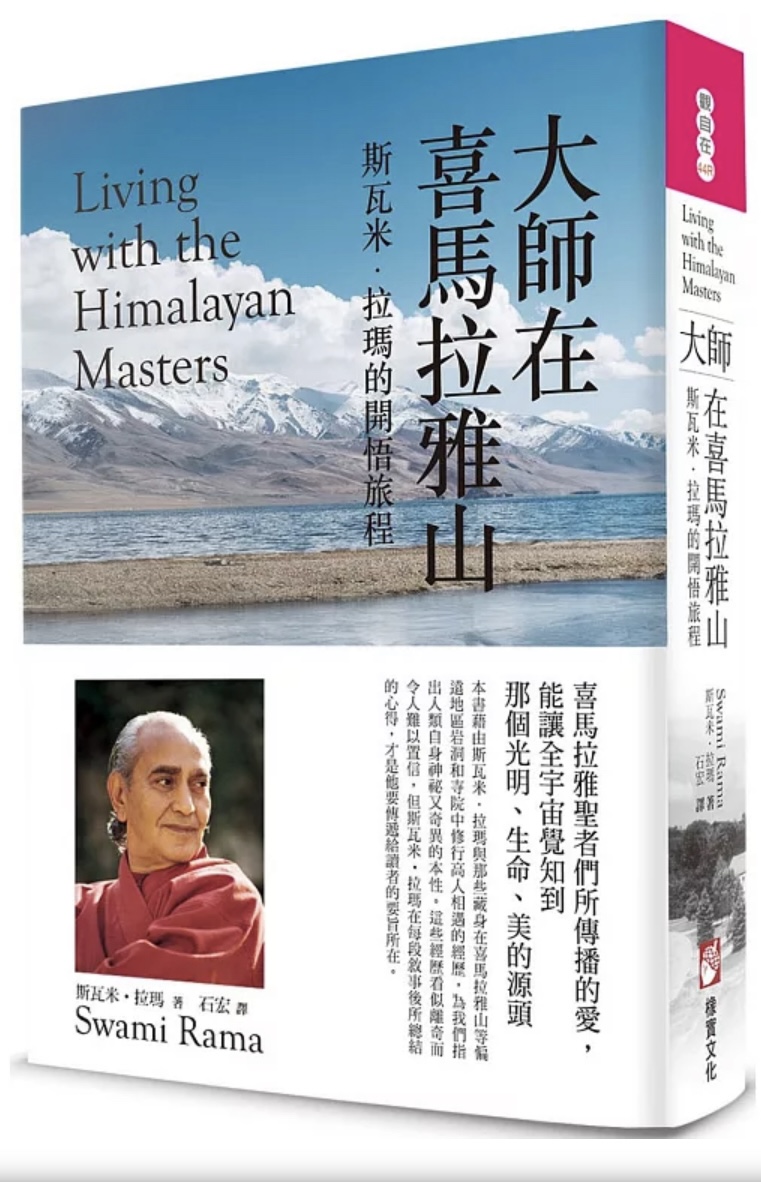隨筆漫談1
大家好!
年輕的時候努力讀過一些華人大學問家的著作,試圖從這裡邊補充北傳佛教的不足。
印象中,儒、道家的思想體系很好,只是我覺得這些視野有限,(當然佛法視野也有很多必需修正)
書看完以後大概就放著不想再翻。
讀者或許認為我太小看中國文化,但我沒有這樣的意思,百年儒學大家的思想我大概都看過,從牟宗三、胡適到陳寅恪⋯,年輕時都涉獵過。
找一點資料來做說明。
AI資料: 牟宗三(1909-1995)是中國當代著名的哲學家、新儒家代表人物之一。他的思想融合中國傳統儒學、佛學與西方哲學,特別是康德哲學,提出許多深具影響力的觀點。 以下是牟宗三的主要思想概要:
圓教與圓融:儒佛會通 牟宗三致力於儒學、佛學與道家思想的會通,尤其主張以儒學為根本、融攝佛學與道家思想,建立一個現代性與傳統性兼具的哲學體系。 他認為「心性之學」是中華思想的核心(即探討人的內在道德心性)。 他稱這種整合的哲學為「圓教哲學」,主張儒學的道德實踐能與佛學的空性智慧相互補充。
|
當我想讀這些書的時候,對當年國學大師寄予厚望希望能從中再找出一條更清楚的路來,
從梁啟超先生的五四運動開始不是華人都這樣想嗎?
只是探尋的路途方法,總覺少了什麼?
半寄
Casual Reflection Essay 1
Greetings, friends of NanZen!
In my younger years, I diligently studied the works of several prominent Chinese scholars, hoping to find insights that could fill in the gaps I saw in Northern (Mahāyāna) Buddhism.
From what I remember, the philosophical systems of Confucianism and Daoism were well-structured, but I found their perspectives rather limited. (To be fair, Buddhism also has its own problems that need fixing.)
After finishing those books, I rarely felt the urge to revisit them.
Some readers may interpret this as a dismissal of Chinese culture, but that is not my intention. I have studied the thoughts of the major Confucian scholars from the past century, including MouZongsan, Hu Shi, Chen Yinke, and others. I explored all of them in my younger days.
Here’s some supporting material.
AI Data Mou Zongsan (1909–1995) was a prominent modern Chinese philosopher and one of the key figures in the New Confucian movement. His philosophy blends traditional Confucianism, Buddhism, and Western thought—especially the ideas of Kant. One of his main ideas was:
Integration and Harmony: Bridging Confucianism and Buddhism Mou Zongsan devoted himself to integrating Confucian, Buddhist, and Daoist thought, advocating Confucianism as the core, while incorporating Buddhist and Daoist elements. His aim was to establish a philosophy that is both modern and traditional. He said that the study of the human mind and nature is the core of Chinese thought.
He called his integrated approach “Perfect Teaching Philosophy,” asserting that Confucian moral values and Buddhist wisdom on śūnyatācan complement each other. |
Back when I read these kinds of books, I really hoped the great scholars of the past might illuminate a clearer path forward.
Wasn’t this the hope of many Chinese thinkers since Liang Qichao and the May Fourth Movement?
And yet, this appraoch always seemed to lack something essential.
Master Banji
隨筆漫談2
找出牟宗三先生的片斷思想,想指出民國初期的儒、道、釋融合也只是延續大陸內地由來已久的想法,不見新意。
我個人看完以後更是一頭霧水,不如儒家歸儒家,道家、佛家各歸本位論述,更來得清晰。
大陸內地一直有圓融的思想,那是大陸地區會發展出來的一種思緒,但誰見過圓滿了?
都說要革新,但那些ㄧ大堆的學問,對於我的幫助不大,
不好意思的說,民國初期的華人大學問家,論起佛法都沒脫離過天台、華嚴宗建立起來的講學系統,再補上西洋哲學就一重天外又一重天。
記得讀老莊的時候,因為有一些想法在我心裡苦苦找不到其他的看法,
不死心追到德國.黑格爾哲學才罷手,
我不知道國學大師們是怎麼辦到把佛,儒,道三家跟西洋哲學就這樣融在一起。
要不是剛好《原始教典》的探討起來,一直在圓融的國學跟北傳佛教的重重矛盾裡,
恐怕到現在都沒有成就,只會說ㄧ些學問,這連我自己都不能接受。
該感謝時代走出了不同的步調嗎!
上述內容已跟現代相去甚遠,
國學大師們的研究少了什麼已不重要,時代早奔向遠方,
或許對大陸內地仍有些幫助,
謹供參考。
半寄
Casual Reflection Essay 2
I examined fragments of Mou Zongsan’s thought in an attempt to show that the fusion of Confucianism, Daoism, and Buddhism in the early Republic of China was merely a continuation of a long-standing tradition in mainland China. It offered little that was genuinely new.
Honestly, after reading it, I was even moreconfused. I found it far clearer to approach Confucianism, Daoism, and Buddhism as distinct systems, each with its own integrity. The ideal of philosophical integration has long been present in Chinese intellectual history, yet no one has truly realized such "perfect harmony."
Much has been said about reform, but the overwhelming volume of scholarship did little to aid me personally. To be frank, those great Chinese thinkers of the early Republic still talked about Buddhism within the same old Tiantai and Huayan traditions. Then they added Western philosophy on top—one abstraction on top of another.
I recall that during my reading of Laozi and Zhuangzi, certain thoughts kept troubling me, and I couldn’t find interpretations that resonated with my own. Reluctant to give up, I followed these thoughts all the way to German philosophy, where I finally found resolution in Hegel.
I still don’t understand how the great masters of Chinese studies managed to seamlessly integrate Buddhism, Confucianism, and Daoism with Western philosophy.
Were it not for my engagement with scriptures of Original Buddhism, I might have remained lost within the contradictions between traditional Chinese thought and Northern Buddhism. I might’ve just kept talking about philosophy without truly understanding anything. Even I wouldn’t have accepted that.
Should I be thankful that history moved in a different direction?
The content above has already diverged significantly from modern times. What those early scholars missed doesn’t really matter anymore—the times have moved on.
Maybe their ideas are still helpful in parts of mainland China.
But for me, this is merely a personal reflection, not a claim to academic authority.
MasterBanji






